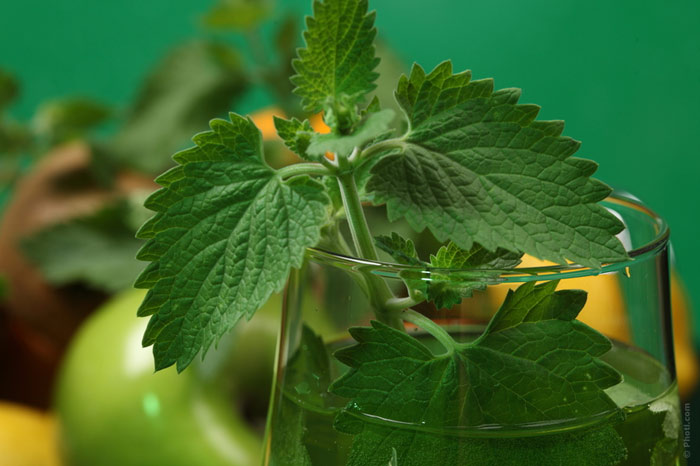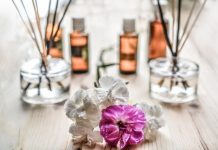Fragrances for hot weather can play both a good and a bad joke – to cool, relax, restore clear consciousness, or, conversely, take strength away and de-energize.
Don’t choose sweet and spicy scents
The scent is almost like clothes. In the heat, you don’t want to wear too many clothes on your body (here are some stylish ways that will make life easier in the warm season). You should adhere to the same principle in perfumery. The heavy aroma reminds of itself, causing overwork and even headaches. A sweet perfume (with notes of chocolate, caramel, sugar, and whipped cream) will become even more cloying due to the high temperature.
Spicy fragrances strongly warm up the skin and literally melt the brain. After a couple of sprays, you will want to jump into a cold spring and wash off the perfume. Floral flowers will create the feeling that you are in a greenhouse on a hot afternoon – and you may have a temporary shortage of air.
Choose light scents
Think about what you would like to eat, drink or do in the heat. Maybe head out to the sea or a shady forest, drink a non-alcoholic mojito or lemonade, eat a scoop of fruit sorbet, or a plate of fresh fruit.
All of these sensations and special effects can be found in perfumery, as fragrances are created based on the feelings experienced or in order to experience them again. Some of the notes in perfumery cool a hot brain and work just as well as an air conditioner. Although if you use them together, the effect will be twice as strong.
Mint

It has a cooling and soothing effect and creates a feeling of purity and freshness. Peppermint leaves are rich in volatile oils (among them menthol, limonene, depentene, menthone). Besides, they contain mineral salts, tannins, and enzymes.
The largest amount of essential oils is found in the lower part of the mint, much less in the leaf part, and very little in the stems. Mint oil is used not only in perfumery and cosmetics but also in medicine and in the food industry.
Menthol, which is obtained from essential oil, is a part of medicines with disinfecting, cooling and anti-inflammatory effects. Drinks and dishes with mint leaves are most popular in the heat.
Lavender
It soothes, cools, normalizes respiratory processes, and tones up. In aromatherapy, lavender is used as an anticonvulsant, anti-inflammatory agent, as well as to normalize the activity of the nervous system, for headaches, for rheumatic pains. Lavender helps the respiratory system. It is an effective remedy for bronchitis, colds, sinusitis, laryngitis, and otitis media.
To stimulate brain activity, it is recommended to inhale the lavender scent as often as possible. The refreshing and toning effect of these flowers is much stronger than that of coffee. Lavender is used in cooking, household chemicals, soft drinks and alcoholic beverages, toilet soaps, deodorants, air fresheners, perfumes, and cosmetics.
Notes of the sea

Marine notes include sea salt, water, sand, algae, iodine, wet pieces of wood – everything that cools, inspires, and creates the feeling of staying on the coast. These are fresh, aquatic fragrances with a pronounced salty tint imitating the effect of sea air.
Compositions with ambergris can also be referred to as such fragrances. During a period of strong emotional and physical tension, such a trick can help against overheating and burnout. However, it will not be able to fully replace vacation.
Citrus
Such fragrances create a feeling of joy, vigor, and freshness. They energize and arouse positive emotions for most of the day. The emotional effect of inhaling the citrus scent is about the same as drinking freshly squeezed juice – only without sugar and calories.
The citrus group includes about 32 plants, most of which are of hybrid origin. Here are the most popular citrus varieties used in perfumery and cosmetics: orange, tangerine, lime, grapefruit, citron, yuzu, and pomelo.











